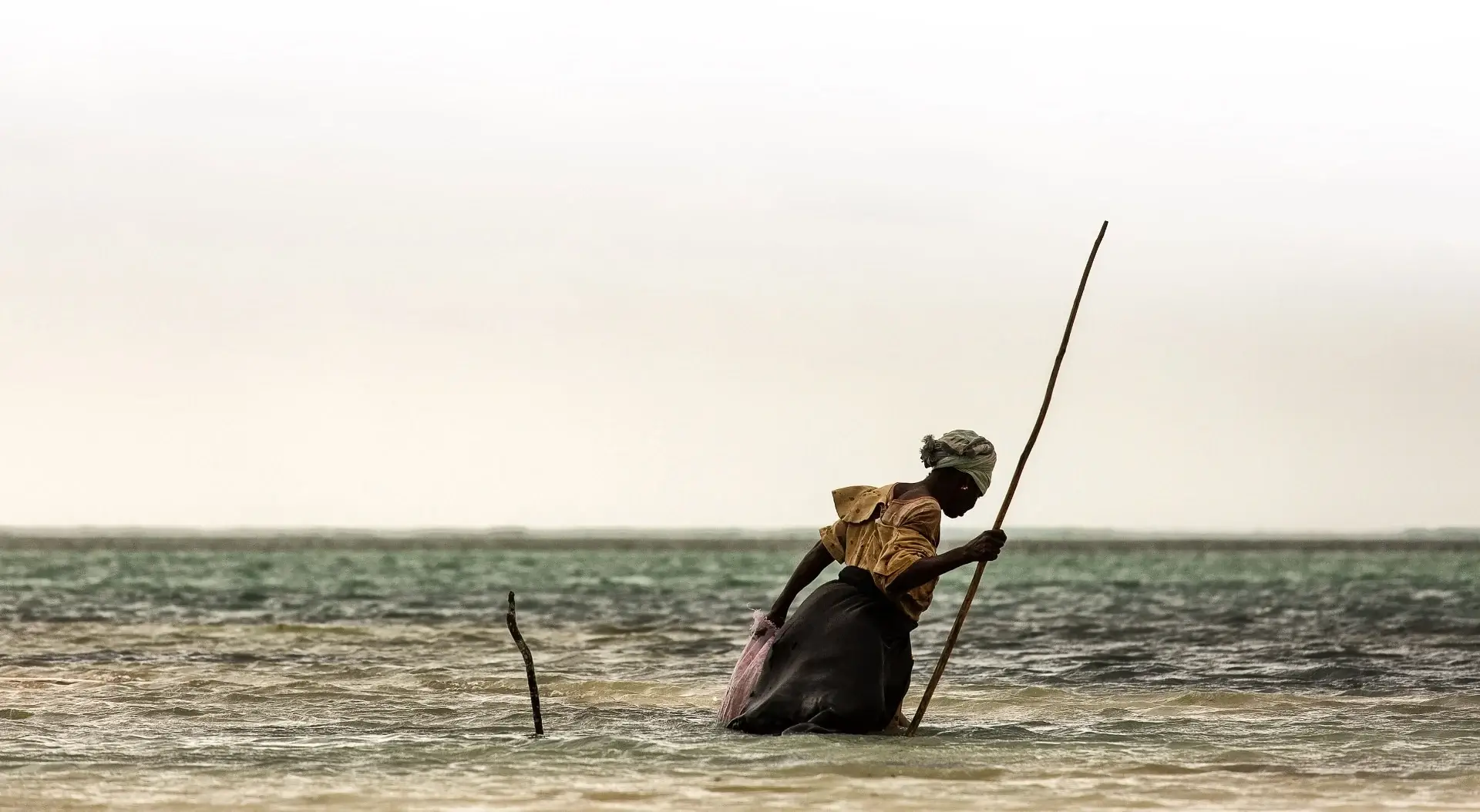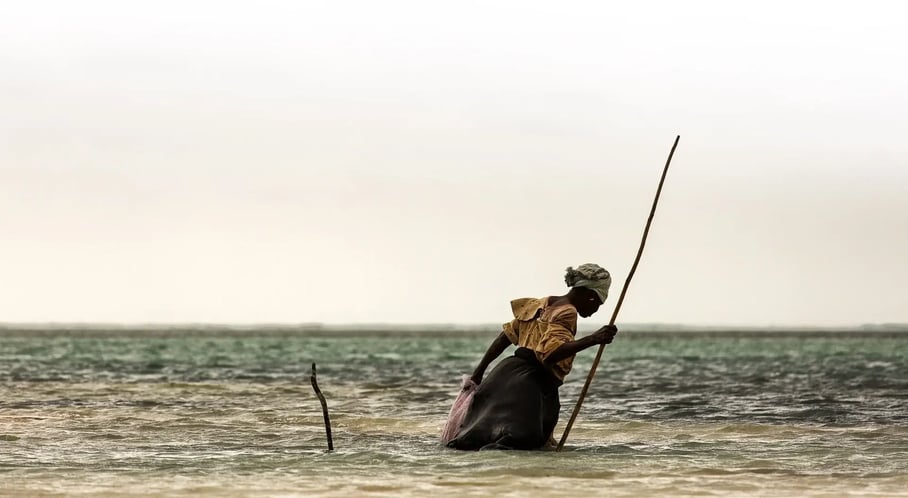RIVERS ARE LIFE
Yangtze River: River With The Most People Who Depend On It
When thinking about the most important river in the world, your first thoughts may go to the Nile or Amazon rivers, the two largest rivers in the world. Full of biodiversity, these rivers are essential to the planet’s health. But, there is one river people count on more than any other. With over 400,000,000 people who depend on the Yangtze River as a freshwater source, it is easily one of the most essential rivers in the world and the one with the most people who depend on it.
Located in southwest China, the Yangtze River is the third-longest river in the world at 3,915 miles. Also known as Cháng Jiāng, which translates to “Long River” in Chinese, the Yangtze River is the longest river in Asia. Traditionally the river source was thought to begin with glaciers at the base of Geladaindong Peak in the Tanggula Mountains. However, in the late 20th century, it was discovered that the river’s true source was Jari Hill at the Dam Qu tributary. The river ends at the East China Sea.
The Yangtze river is not only a source of freshwater for the People’s Republic of China but also heavily influences all aspects of Chinese citizens’ lives and the lives of people all around the world. Rivers worldwide are taken for granted by those who aren’t in close proximity to them. Those who spend their lives surrounded by a river like the Yangtze understand that as the river changes, so do their lives. People’s livelihoods, transportation, local and global economies, and so much more are impacted by the rivers surrounding them.
Local Impacts
According to WWF, half of the fish and 2/3rds of the rice eaten in China is provided by the Yangtze River. Not only is the river a vital food source for the people of China, but the region is also responsible for the housing of 400 million people, about ⅓ of the country’s population. However, as much as the river gives to the people, it can also take so much from them. When not adequately cared for, the river can cause harm to those who need it most. The building of dams for hydropower can disrupt river flow, fish migration, and spawning, meaning the people who work at the fisheries take a hit and everyone who eats the fish.
But, not all changes to the river are inflicted by people. Flooding caused by torrential downpours seriously impacts those who live right along the river. When a flood arrives, it can destroy homes, kill people, cause factories to flood and leak toxic chemicals into the water, kill wildlife, and cause unemployment and inflation.
With farms, fisheries, and factories all along the Yangtze River, its local economic impact can not be overstated. The region makes up over 40% of the country’s GDP. Not only does the People’s Republic of China depend on the river for food, water, and shelter, but their livelihoods as well. The Three Gorges Dam is the largest hydroelectric power station in the world.
Along with the risks of flooding, it is known that Yangtze river basin lakes are shrinking and even drying up. Drought inevitably leads to crop loss no matter how advanced a farmer’s irrigation system is. With rich, fertile soil, farming has taken place along the river dating back to the Qin dynasty. Early agricultural success led to increased emphasis on development along the river, leading to the Yangtze River region being one of the wealthiest and most developed parts of the country today.
Global economy
There are also international stakes in the Yangtze River. Global companies like Apple, Nike, and Walmart all have operations in the Yangtze River Economic Belt. The success of these companies is largely dependent on the river itself and how the river impacts the locals who work at these companies. Walmart alone employs over 2 million people worldwide, and each of those employees is impacted by the health of the Yangtze River, anyone who shops at Walmart and takes advantage of their convenient, round the clock services, stocked with almost anything a person could ever want or need, is impacted by the health of the river. It isn’t easy to imagine why customers of a Walmart in Jamestown, South Dakota, should care about a river in China over 7,000 miles away from them. But an estimated 75% of Walmart merchandise is produced in China along that river. The lives of so many are entrenched in the health of the river. We have already seen how the health of Chinese citizens has impacted the global economy with supply chain issues related to Covid-19. Food shortages due to lack of water for irrigating crops and pollution in the river lead to freshwater shortages. These are just two out of 20 examples of ways the river’s health can impact whether people can show up for work, potentially causing similar supply chain issues. Not protecting the Yangtze River has a domino effect of global proportions.
Risks to the River
Rivers are powerful but not indestructible. The people around it heavily impact this natural resource. The infrastructure and pollution surrounding the river and climate change are among the most significant challenges the Yangtze river faces. These risk factors lead to unstable and unsafe river conditions, such as flooding, drought, contaminated water, landslides, and other issues.
The Three Gorges Dam is an excellent example of water infrastructure that harms the river. Of course, there are other dams and factories that also harm the river, and blame cannot be put on the Three Gorges Dam alone. The Three Gorges Dam is the largest hydroelectric power station in the world; it diminishes the use of coal and provides power to nine provinces. However, it and other dams like it cause erosion and sedimentation. Rather than sediment flowing downstream, it settles at the base of the dam, causing lower riverbanks to be more vulnerable to landslides and flooding. The building and establishment of these dams can also cause deforestation, which leads to more erosion and landslides.
Industrial waste, agricultural runoff, and waste from ships all contribute to the pollution in the Yangtze River. This pollution impacts the safety of the drinking water in the river and the health of the wildlife that surround and inhabit it, including a handful of endangered species. The Baiji dolphin went extinct in 2006, completely wiped out because of pollution. The finless porpoise is a vulnerable species with a dwindling food supply that is also impacted by pollution.
Climate change impacts the river as well. Rather than having a steady flow supported by a stable climate, we now face the challenge of adjusting to an unpredictable one. Some years come with a torrential downpour, causing flooding and landslides. Others, with no rain and lowering water levels, cause drought and even potential famine.
What is being done?
In 2021, the President of China, Xi Jinping, stated that he wanted more focus on conservation, specifically around the Yangtze river basin. The WWF has teamed with local organizations dedicated to protecting the river, working with local fisheries and farmers to teach best practices by preventing overfishing and improper use of water. The Nature Conservancy works with the China Three Gorges Corporation to reconstruct water flow to mimic that of the Yangtze in order to encourage carp spawning. The good news is that progress is being made, and people are willing to work together to solve risk factors. The relationship between hydropower and river health is still complicated. There is debate on the effectiveness of monetary incentives for factories to reduce their emissions and pollution; the river has a long way to go before it can no longer be considered at risk. But, over 400 million people need and care about the river, and progress is inevitable.
Share this
You May Also Like
These Related Stories

Riverside Connections: Family Adventures Await

Nile River: Treasure of Past, Present, and Future
.jpg)

